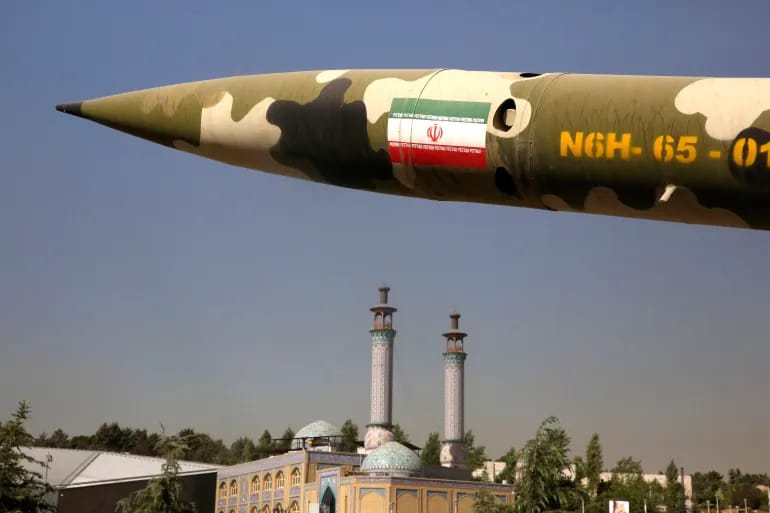Amid escalating tensions between Iran and the United States in regional waters, Iran has announced a significant technological breakthrough: the development of supersonic cruise missile technology. This revelation comes as the US deploys thousands of troops to the region, intensifying concerns over maritime security. The new missile capability, undergoing tests, is anticipated to enhance Iran’s defense power, reduce response time, and potentially reshape the dynamics of combat in the region.
Technological Triumph Amidst Geopolitical Strain
Iran’s announcement of its acquisition of supersonic cruise missile technology comes as the nation faces mounting tensions with the United States. With the deployment of thousands of military personnel to regional waters, including the strategic Strait of Hormuz, the stage is set for a potential military confrontation. Against this backdrop, Iran’s emphasis on technological advancement underscores its commitment to bolstering its defensive capabilities.
Redefining Combat Dynamics with Supersonic Cruise Missiles
The new supersonic cruise missiles, currently in the testing phase, have been hailed as a game-changer for Iran’s defense strategy. State-linked media outlet Tasnim reported that these missiles hold the potential to substantially accelerate Iran’s response time during combat scenarios. By capitalizing on the speed and agility of supersonic technology, Iran aims to curtail the window of opportunity for any opposing forces to react effectively, thereby redefining the dynamics of engagement in the region.
A Region on the Brink as Rhetoric Escalates
As Iran unveils its technological prowess, the war of words between Tehran and Washington intensifies. The US Navy’s deployment of additional military personnel to safeguard shipping lanes has drawn strong rebuke from Iran. The rhetoric from both sides has raised concerns about the possibility of a heightened military confrontation, a situation that could have dire consequences for regional stability and global commerce.
As the Persian Gulf, the Gulf of Oman, and the Indian Ocean become the backdrop of this geopolitical drama, Iran’s armed forces spokesperson, Brigadier-General Abolfazl Shekarchi, has openly questioned the US military’s presence in the region. This exchange of words amplifies the underlying tensions and underscores the fragility of the current situation.
As the situation unfolds, the world watches with bated breath. The juxtaposition of technological prowess and escalating rhetoric has created a precarious equilibrium in a region where stability hangs by a thread. The unveiling of supersonic cruise missile technology has not only elevated Iran’s military capabilities but has also heightened the potential for a significant and far-reaching conflict in the already turbulent Middle East.















